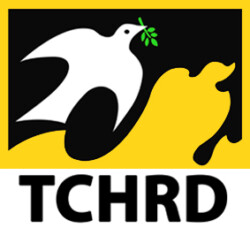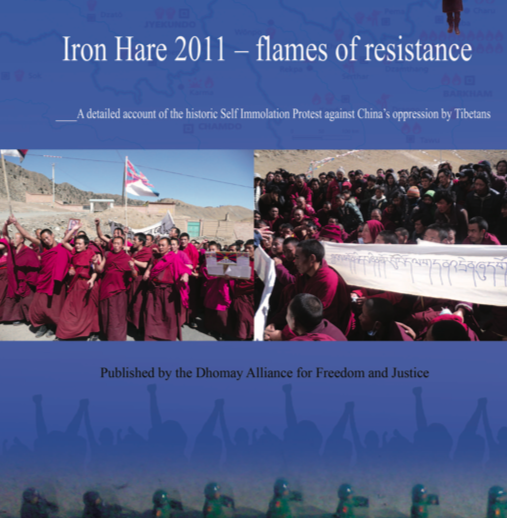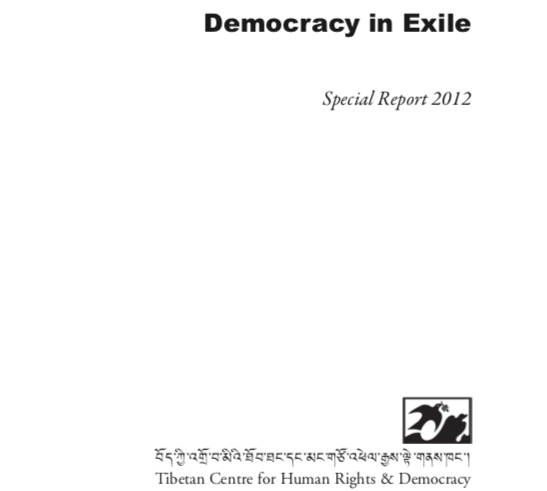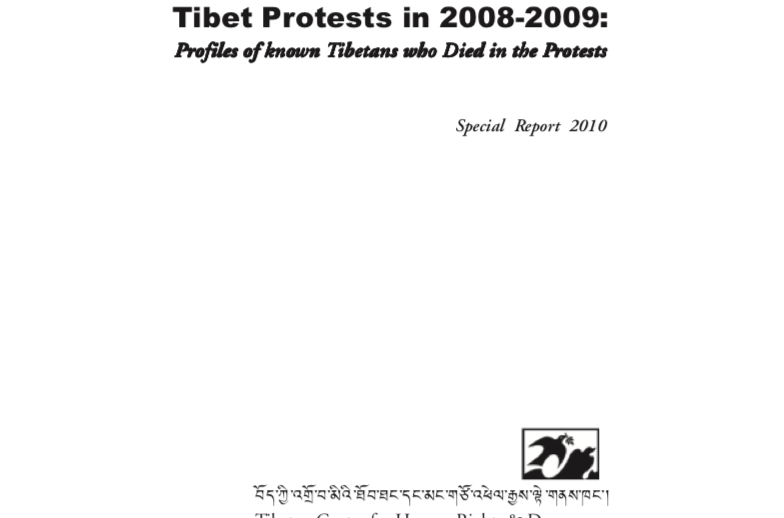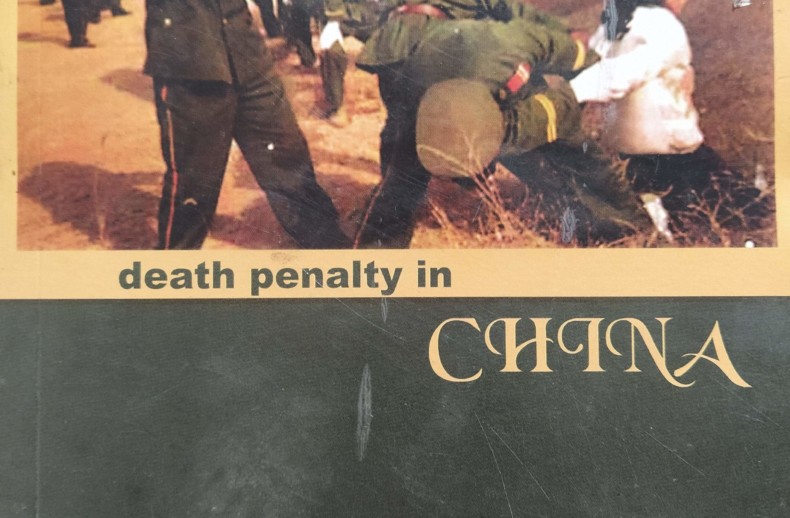“This heinous practice is not permitted under any circumstances. No exceptional circumstances whatsoever may be invoked to justify an enforced disappearance.”
Jeremy Sarkin, UN Working Group on Enforced or Involuntary Disappearances (Nov. 2011)
Imagine a close loved one being taken into custody, held incommunicado for days, weeks, or even years, without any contact or communication with you or other family members. Imagine the mental anguish and torment of not knowing where they are, if they are being tortured or have been killed. In this respect, enforced disappearances have a “doubly paralyzing impact,” not only on the victims, but also on their loved ones who live in a constant state of anxiety and fear about the fate of the disappeared person. Today, TCHRD, on the eve of the 98th session of the UN Working Group on Enforced and Involuntary Disappearances, releases an introductory report and analysis on enforced disappearances in Tibet.

